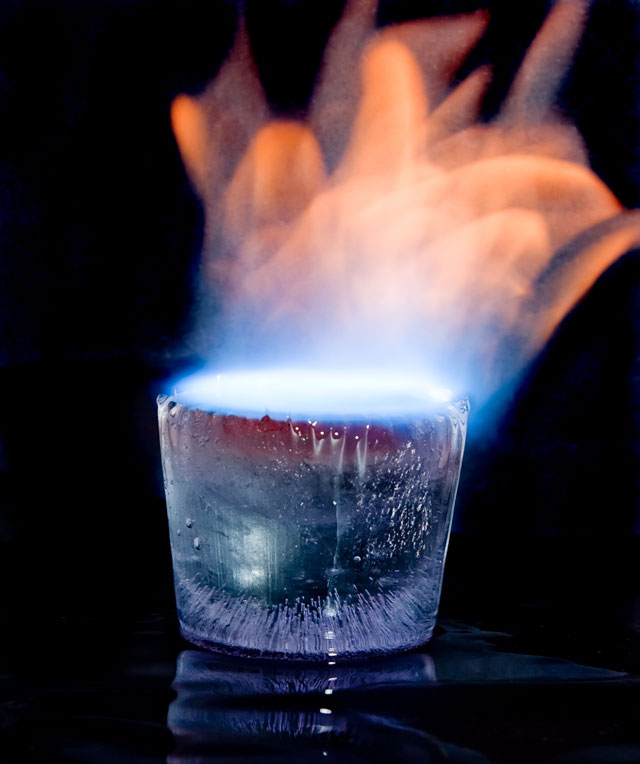You will need
- Ceramic crucible or steel utensils with heat resistant handle. Steel forceps or spatula.
Instruction
1
Prepare the bowl. Make sure that it is clean enough and does not contain organic impurities. Check up reliability of fastening of the handle, if any.
2
Prepare lead. If you have a large enough piece of metal, divide it into small pieces. If the lead is physically connected with a large number of foreign substances (like old batteries), remove them.
3
Heat capacity, on which you will be melting. Securely place the container over a gas burner. Light up the fire. Adjust the gas flow so that the flame was small. Wait until capacity is heated. Heating is necessary for evaporation of moisture from the surface of the tank, burn-out of organic substances and prevent the destruction of ceramic ware due to rapid uneven thermal expansion.
4
Melt lead. Place in a container a few pieces of lead. To avoid burns, do it with tongs or spatula. Wait till they melt together. Add to melt portions of the lead to produce the required amount of liquid metal. The gradual addition of lead to the melt accelerates the melting process, because solid fragments in contact with a liquid fraction, which increases contact area and improves heat transfer.
Note
Molten lead has a very high temperature. Beware of getting it on your skin, clothes and flammable objects. Work outside or in very well ventilated area as lead fumes are toxic.
Useful advice
Melt the lead even in a tin, firmly establishing it over a gas burner.
